Here's how Apple squeezed over 3 million pixels in the new iPad screen

The new, third iPad comes with a stunning Retina display with a resolution of 2048x1536 pixels - that’s 264ppi, or four times the number of pixels of older iPads. What you may not know is that it wasn’t Apple who created the technology making such a leap possible. It was actually engineers from Sharp and JSR that pioneered a design called Super High Aperture (SHA) years ago.
Due to various reasons including some issues with the complex process of designing such high-res displays, it didn’t get traction when it was first unveiled. Now, however it’s getting more and more popular, and might soon become the standard for LCD displays.
Apple explains SHA by simply saying that pixels are elevated and thus separated from the signals.
Now, getting a bit more technical, you’d see that SHA increases the aperture ratio using a 3µm thick photo-definable acrylic resin layer to divide the device in planes and allow for a larger vertical gap between pixel electrodes and signal lines. Why? This makes it possible to avoid cross talk and decrease capacitive coupling. All of the pros and cons of the SHA method are illustrated below.
It seems that this translates into least double the number of LEDs used which confirms the much larger battery used in the new iPad. Hit the source link below for all the fine technical details.
source: DisplaySearchBlog






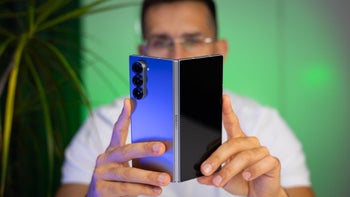
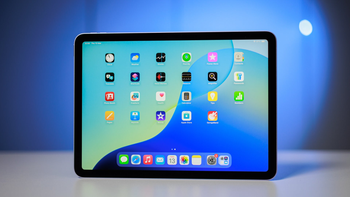
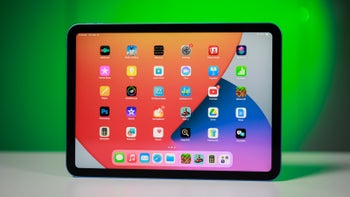
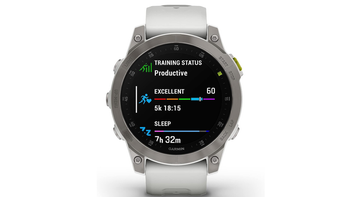
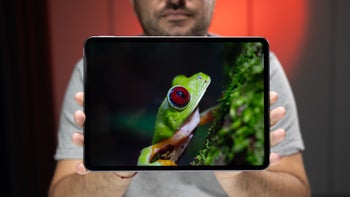
Things that are NOT allowed: